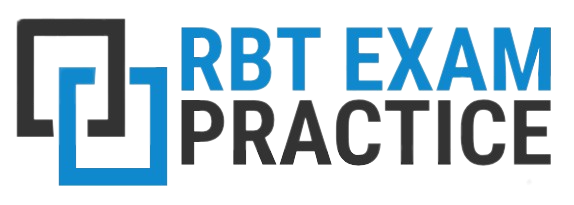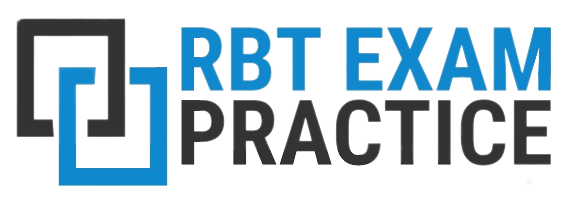The jobs of a BCBA and an RBT sound similar, but there is a big gap in salary, license expectations, and even workplace hierarchy. Why is this the case? Look at the similarities and differences listed below to understand how these two professionals collaborate to provide the best healthcare services to clients.
Contents
The Interconnected Duties Of BCBA and RBT Professionals
A BCBA professional can set up an independent practice through which they meet clients who need behavioral intervention. However, an RBT can only perform their job under the supervision of a BCBA professional.
The BCBA is also certified to have more theoretical knowledge in the field compared to an RBT, which makes them suited to develop therapy plans, goals, and other emergency intervention protocols that the RBT needs to adhere to while providing their services.
BCBA vs RBT Salary Differences
According to the national average in the US, RBTs get a salary of 54000 USD a year, whereas BCBAs get a salary of 75784 USD. Therefore, BCBAs are highly likely to make more than their counterparts.
Day-to-day Similarities and Differences
Both these professionals are affiliated with the field of Applied Behavioral Analysis (ABA). RBTs only have to go through a training period, after which they take an exam and get a certificate. This is more flexible than the master’s degree that BCBAs must complete to start practicing.
The job role of a BCBA is to supervise and analyze the data obtained by the RBT, create initial program plans, and then upgrade or customize them according to the needs of the client, think of empirically strengthened intervention strategies, and provide solutions to the day-to-day problems encountered by the RBT.
The job role of an RBT is to materialize the complex goals and plans set by their supervisor (BCBA professional) with the help of simple and comprehensive implementation. They are trained to handle real-life situations and connect with clients to customize a plan to meet the situation-specific requirements. RBTs are not prepared to practice independently.
However, it is a myth that BCBAs can meet clients without meeting clients. Both of these professionals meet with clients and take sessions to understand their progress. For RBTs, this process is far more regular than with BCBAs.
A BCBA keeps records of the client’s performance as well as that of the RBT themselves. They also conduct skill assessments for both. BCBAs usually have a limit on the maximum number of clients they can work with. The state government sets this limit. However, RBTs do not have that.
Both RBTs and BCBAs require a board certificate that they must keep handy to be qualified to practice. Both of them need to sit for an annual certificate renewal exam, which tests their education as well as experience in the newest research, legal and moral obligations, changes in social expectations, etc.
Eligibility Criteria: BCBA vs. RBT
Both the BCBA and the RBT need to possess an advanced understanding of psychology and behavioral science. They must know how to administer tests and assessments as well as research on their patients and clients. Both of these professionals must have excellent communication skills, and management skills and must be trained to provide quick responses to high-intensity situations.
In terms of eligibility, a BCBA must
- Have completed a bachelor’s and a master’s degree. The master’s degree must involve coursework in Applied Behavioral Analysis.
- Must clear the certificate test conducted by the Behavior Analyst Certification Board.
- It is optional but encouraged for BCBAs to develop some experience under a senior professional before starting an independent practice.
- Must sit for certification renewal exams every two years.
For an RBT, the eligibility is as follows:
- Must obtain 40 hours of training minimum
- Sit for the certificate exam conducted by the Behavior Analyst Certification Board.
- Find a job role under the supervision of a BCBA.
- Must sit for a certificate renewal examination every three years.
Conclusion
In conclusion, the RBT is most suited to work with the client and help implement the treatment plans already created by the BCBA.
The BCBA routinely assesses them and can receive regular guidance. A BCBA can work in a hospital setting as well as independently. Their job is to analyze a client’s specific situation and create a detailed treatment that can bring about positive behavior changes. A BCBA can work with several RBT professionals.


